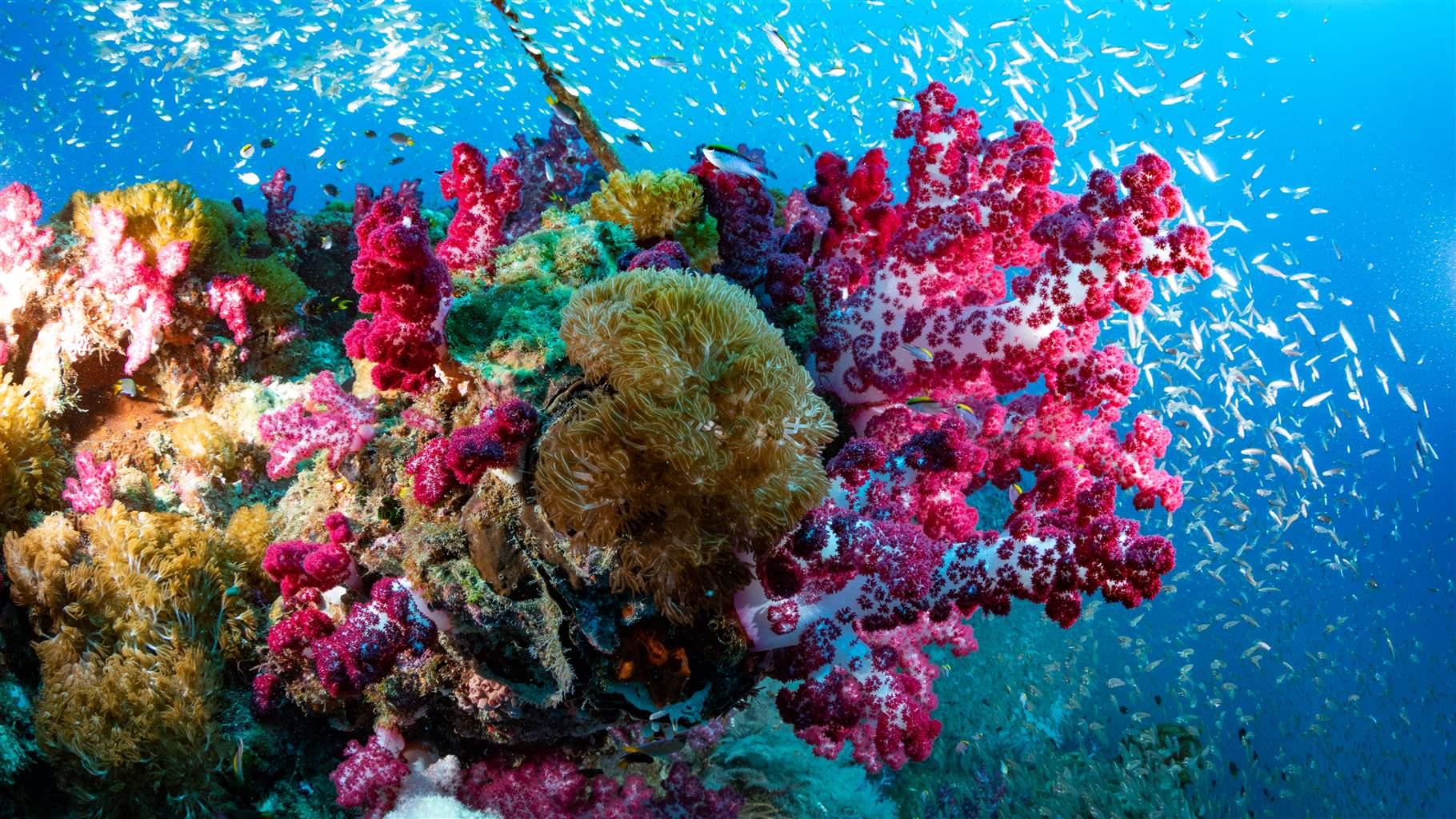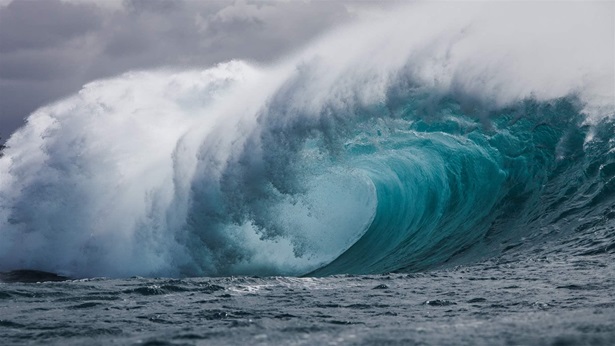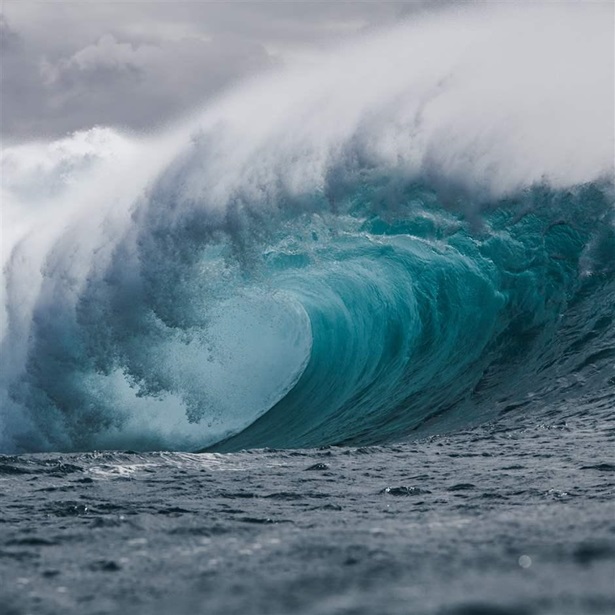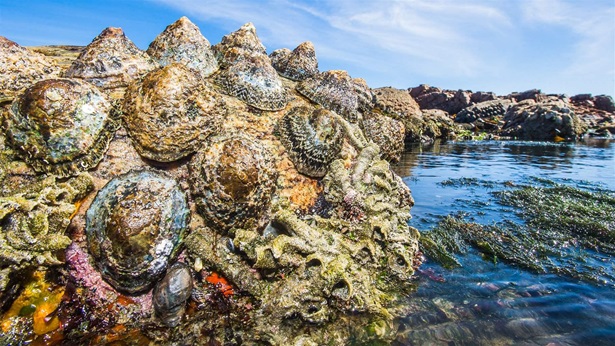To Achieve 30% Ocean Protection, Governments Can Look Beyond Conventional Tools
Alternatives to marine protected areas could help meet global conservation target by 2030

There is growing agreement among government leaders, Indigenous groups, communities, and scientists that governments and other regulatory bodies must protect and conserve at least 30% of Earth’s coastal and marine areas by 2030 to secure and maintain a healthy ocean, support resilience in the face of climate change, improve food security, and more. The U.N. Convention on Biological Diversity is negotiating a new 10-year strategy for nature and people, and the draft text already includes a version of this critical “30 by 30” target. The Pew Charitable Trusts is among many stakeholders encouraging the convention to adopt that draft at its 15th Conference of the Parties in China this October.
The proposed target includes two approaches to ocean management: marine protected areas (MPAs) and “other effective area-based conservation measures” (OECMs). Although the two measures differ in their objectives—MPAs are designed specifically to conserve nature, while many OECMs are established primarily for other reasons—they both help to protect biodiversity and support Indigenous and local communities that depend on a healthy marine environment. Although understanding of the most effective design and implementation of MPAs has evolved in recent decades, decision-makers are only just starting to consider OECMs as a marine conservation tool. If properly delivered, OECMs could be a powerful means of improving ocean health.
What are OECMs?
In recent decades, the global community has focused primarily on MPAs to reach global biodiversity objectives, in part because there was no official definition or criteria for OECMs until 2018. That year, during the 14th Conference of the Parties held in Egypt, parties to the Convention on Biological Diversity adopted the following definition, based on the recommendations of the International Union for Conservation of Nature (IUCN) Task Force on Other Effective Area-Based Conservation Measures:
“a geographically defined area other than a Protected Area, which is governed and managed in ways that achieve positive and sustained long-term outcomes for the in-situ conservation of biodiversity, with associated ecosystem functions and services and where applicable, cultural, spiritual, socio-economic, and other locally relevant values.”
In simple terms, OECMs might not be designed primarily to protect biodiversity but still deliver effective and enduring conservation outcomes. For example, a watershed that’s managed primarily to ensure clean drinking and irrigation water could still protect critical wetland habitat for migratory birds. Some OECMs do list biodiversity conservation as a primary objective but are not officially classified as MPAs for governance reasons. This may happen, for example, where Indigenous peoples or local communities have decided to conserve an area using traditional practices, without formal recognition by the regional or national government. OECMs therefore may be governed by any one of a diverse range of authorities and arrangements, from national and tribal governments to local communities.
According to the IUCN, other examples of potential OECMs include privately owned areas that have specific conservation objectives but are not recognized as protected areas under national legislation; shipwrecks and war graves in coastal and marine areas that also safeguard biodiversity; sacred natural sites with high biodiversity values that are conserved for their faith-based significance; and permanent or long-term fisheries closure areas that, through effective management, result in the conservation of additional elements of biodiversity.
OECMs can help safeguard biodiversity and achieve 30 by 30 targets.
Expanding the conservation toolbox to include OECMs would provide a wider range of mechanisms for achieving marine conservation goals, including the global 30 by 30 target. Importantly, OECMs can also acknowledge Indigenous peoples’ and local communities’ important conservation contributions in protecting sacred sites, culturally important areas, and biodiversity elements without necessarily involving the formal regional or national government processes required for protected areas. OECMs, if equitable and effective, have the potential to complement protected areas around the world.
Two key objectives of the proposed 30 by 30 target are to halt and reverse biodiversity loss and enhance climate change resilience, which in turn should deliver positive outcomes for all people. Given the ocean’s influence on weather, climate, food security, and more, it is not an exaggeration to state that every one of us relies on a healthy marine environment.
At the same time, expanding the designation of OECMs in sectors such as fisheries carries some risks. For example, a government might attempt to designate an area-based fisheries management measure as an OECM and claim it is contributing to the 30 by 30 target, even if it doesn’t meet the Convention on Biological Diversity’s definition and criteria for an OECM. Seasonal fisheries closures and similar measures can play a crucial role in sustainable ocean management but do not necessarily contribute to the 30 by 30 target.
The IUCN and others have done significant work over the past decade to communicate with ocean stakeholders—including government leaders, Indigenous groups, communities, and scientists—about MPAs’ importance and what constitutes effective protection. Similar engagement is now critical to emphasize OECMs’ importance as a conservation tool, especially in the context of Indigenous land and ocean management. Over the coming months and years, as OECM guidance is published across various sectors and global institutions—for example, by the Food and Agriculture Organization of the United Nations (FAO) and the IUCN—it is critical that we see consistency of language and standards. Otherwise, OECMs could undermine global conservation efforts by capturing designations in national and local accounting that bring minimal, if any, biological benefits. A well-coordinated effort, which ensures that OECMs in all sectors bring significant benefits to marine ecosystems and the people who depend on them, is critical to the rejuvenation of the ocean.
Masha Kalinina, Johnny Briggs, and Angelo Villagomez are senior officers working on marine habitat protections at The Pew Charitable Trusts.











